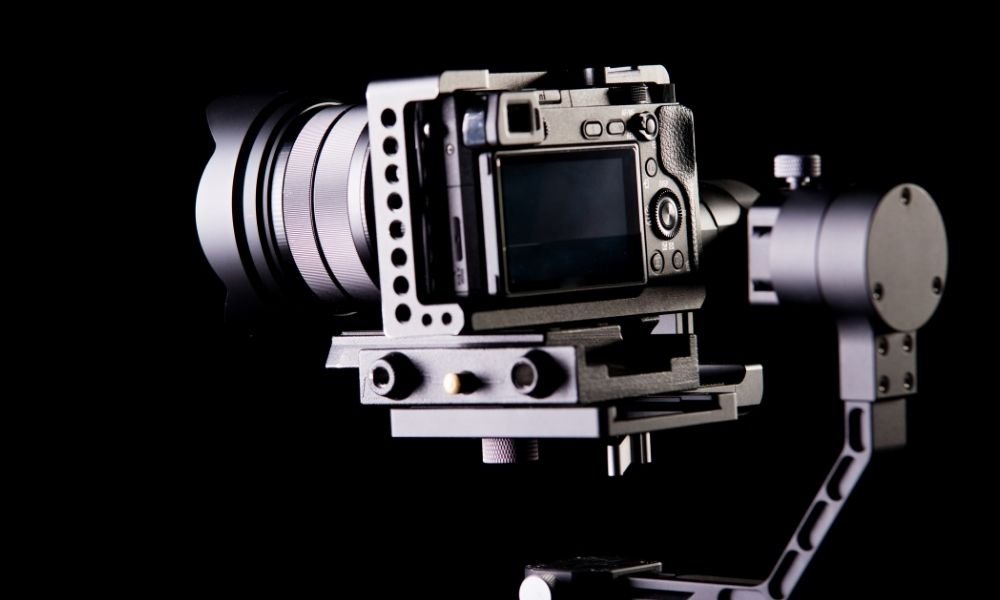A camera gimbal is an excellent film tool that allows camera operators to take steady shots, no matter how much movement is involved. These days, camera operators have a wide variety of gimbals from which to choose, which is a blessing but can make it difficult to choose one. This guide will teach you how to choose the right camera gimbal for yourself.
Stabilization Axes
When choosing a gimbal, the first thing to consider is how many axes you’d like your gimbal to have. Gimbals typically come in two varieties: 2-axis and 3-axis. Both 2-axis and 3-axis gimbals stabilize the tilt and roll axes, and 3-axis gimbals also stabilize the pan axis. While both types of gimbals help to stabilize shots, it’s generally better to get a 3-axis gimbal if you can afford it, since they’re not much more expensive and have much better benefits.
Weight
It’s important to consider the weight of any gimbal you purchase. You’ll have to carry around the weight of whichever gimbal you choose during filming, and if it’s a handheld gimbal, you’ll need to be able to support it long enough to get the shots you need without your arms becoming tired. Don’t forget to factor in the weight of your camera!
Versatility
Choose a versatile gimbal, both in terms of shooting styles and accessories. A versatile gimbal can be used with different types of cameras as well as attach to different camera accessories, including tripods, extension poles, and gimbal vests.
Performance
Before purchasing a gimbal, test it out to see how it performs. One of the most important parts of a gimbal’s performance is how it balances since that factor will determine the smoothness of your filming. Also, evaluate the gimbal to ensure that it has all the other features it needs to perform well.
Batteries
Although there are a few exceptions, most gimbals use batteries. Identify the type of batteries in the gimbal you’re considering and determine how often you will need to replace or charge the batteries.
Quality
Gimbals come in a variety of materials, from cheaper materials like plastic to more expensive, sturdier options like aluminum. Especially if you are a beginner camera operator just trying out a gimbal for the first time, you don’t need to purchase the highest quality option available; however, you should buy one that is sturdy and won’t break prematurely.
Price
Before buying a gimbal, determine the price you would like to pay for one. Because there are so many models of gimbals out there, the price range is vast. Purchase a quality gimbal that fits your needs, but don’t go all out for the most expensive option right away. You can always upgrade later.
Use these tips on how to choose the right camera gimbal to help you pick the right model for your work. When you’re looking for equipment, consider Glide Gear’s collection of camera gimbals. You’re sure to find something to help you make your filming great.
